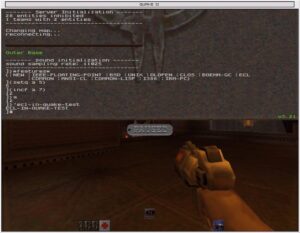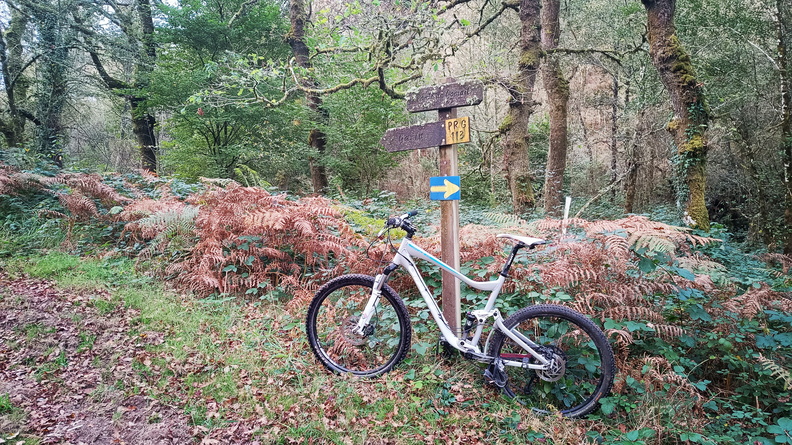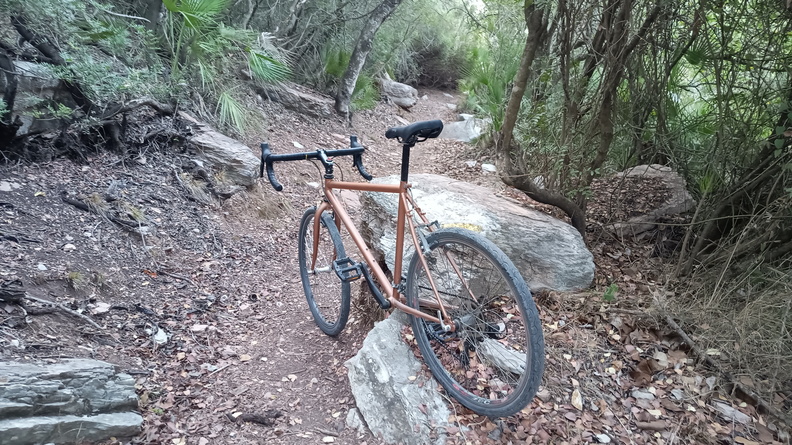Grabación efectuada el día de año nuevo de 2025 del yacimiento arqueológico de Ategua, antigua ciudad íbero romana ubicado en las cercanías de Santa Cruz (Córdoba) con un dron DJI Mini 3 Pro.
Ategua, una antigua ciudad situada en la actual provincia de Córdoba, España, tiene una historia que se remonta al menos al siglo IX a.C. Esta ciudad ibérica adquirió gran importancia durante la República romana, especialmente en la Segunda guerra civil romana. El 19 de febrero del 45 a.C., Julio César entró en Ategua, marcando un momento crucial en el conflicto contra los hijos de Pompeyo. Este evento, documentado en el «Bellum Hispaniense», fue un preludio de la posterior toma de Córdoba por César.
La ciudad romana de Ategua contaba con diversas estructuras típicas de la época. Se han descubierto termas romanas, probablemente de época tardorepublicana o de comienzos del Imperio, así como varias domus o casas romanas. Estas viviendas, algunas con suelos de opus signinum y patios con cisternas, fueron abandonadas en el siglo II d.C. La ciudad también aprovechó los afloramientos de biocalcarenita en la ladera como canteras, aunque la cronología exacta de esta actividad aún no se ha determinado.
Durante la época islámica, Ategua fue mencionada en el siglo X por el historiador Ibn Hayyan como la pequeña aldea de Ataba, perteneciente a la cora de Córdoba. En el siglo XII, la ciudad fue descrita como desierta. Sin embargo, hacia finales del periodo islámico, se construyó una fortaleza en su cima, que continuó siendo ocupada en siglos posteriores. La ciudad de Ategua fue finalmente abandonada en el siglo XV, tras la conquista cristiana en el siglo XIV, dejando tras de sí un rico legado arqueológico que continúa siendo estudiado y valorado en la actualidad
Recientemente, en diciembre de 2024, una cuarta campaña de excavaciones ha sacado a la luz un complejo religioso de la etapa republicana y un anfiteatro. Este anfiteatro, construido en el primer tercio del siglo I y abandonado en el siglo II, ha sido descrito como un elemento clave para entender la transición entre la época republicana y el Alto Imperio en Hispania.
___________
Recording made on New Year’s Day 2025 of the archaeological site of Ategua, an ancient Iberian-Roman city located near Santa Cruz (Córdoba), using a DJI Mini 3 Pro drone.
Ategua, an ancient city situated in the present-day province of Córdoba, Spain, has a history dating back to at least the 9th century BC. This Iberian city gained great importance during the Roman Republic, especially during the Second Roman Civil War. On 19th February 45 BC, Julius Caesar entered Ategua, marking a crucial moment in the conflict against Pompey’s sons. This event, documented in the «Bellum Hispaniense», was a prelude to Caesar’s subsequent capture of Córdoba.
The Roman city of Ategua featured various typical structures of the period. Roman baths have been discovered, likely from the late Republican era or the beginning of the Empire, as well as several domus or Roman houses. These dwellings, some with opus signinum floors and courtyards with cisterns, were abandoned in the 2nd century AD. The city also utilised biocalcarenite outcrops on the hillside as quarries, although the exact chronology of this activity has not yet been determined.
During the Islamic period, Ategua was mentioned in the 10th century by the historian Ibn Hayyan as the small village of Ataba, belonging to the cora of Córdoba. In the 12th century, the city was described as deserted. However, towards the end of the Islamic period, a fortress was built on its summit, which continued to be occupied in subsequent centuries. The city of Ategua was finally abandoned in the 15th century, following the Christian conquest in the 14th century, leaving behind a rich archaeological legacy that continues to be studied and valued today.
Recently, in December 2024, a fourth excavation campaign unearthed a religious complex from the Republican period and an amphitheatre. This amphitheatre, built in the first third of the 1st century and abandoned in the 2nd century, has been described as a key element in understanding the transition between the Republican era and the High Empire in Hispania.
___________
Música:
Helios by Scott Buckley | https://soundcloud.com/scottbuckley
Music promoted by https://www.free-stock-music.com
Creative Commons / Attribution 4.0 International (CC BY 4.0)
https://creativecommons.org/licenses/by/4.0/
#dron #drone #cordoba #djimini3pro #ategua





